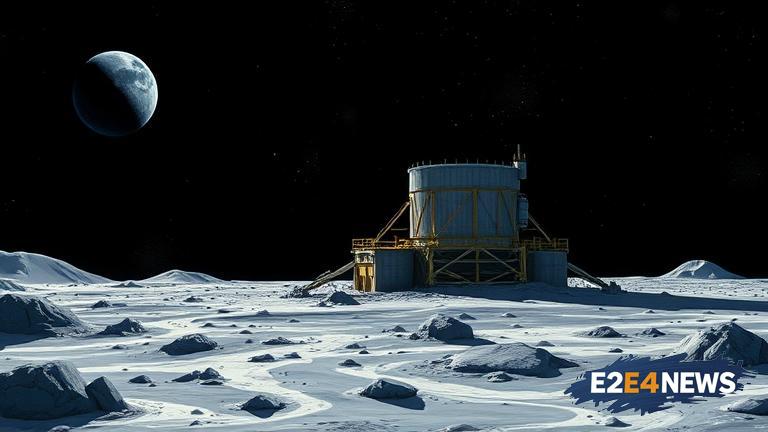NASA has announced plans to deploy a nuclear reactor on the lunar surface, a move that is expected to revolutionize space exploration and development. The reactor, which will be designed and built by NASA engineers, will provide a reliable and sustainable source of energy for future lunar missions. This ambitious project is part of NASA’s broader strategy to establish a sustainable presence on the moon and eventually send humans to Mars. The nuclear reactor will be capable of generating enough electricity to power a lunar base, supporting scientific research, life support systems, and propulsion systems. The reactor’s design will be based on a small, compact, and lightweight model, making it ideal for space missions. NASA engineers will work closely with industry partners to develop and test the reactor, ensuring its safety and efficiency. The project is expected to take several years to complete, with the reactor’s deployment slated for the late 2020s. The establishment of a nuclear reactor on the moon will mark a significant milestone in space exploration, enabling NASA to conduct more extensive and complex scientific research on the lunar surface. The reactor will also provide a reliable source of energy for future lunar missions, reducing reliance on solar panels and batteries. Furthermore, the reactor’s presence will facilitate the development of a sustainable human presence on the moon, supporting the growth of a lunar economy and the extraction of resources. NASA’s plan to establish a nuclear reactor on the moon has sparked widespread interest and excitement within the scientific community, with many experts hailing the project as a major breakthrough. The project’s success will depend on the collaboration and cooperation of NASA engineers, industry partners, and international space agencies. The nuclear reactor will be designed to meet the highest safety standards, ensuring the protection of both humans and the environment. NASA will also conduct extensive testing and validation of the reactor, prior to its deployment on the lunar surface. The project’s budget and timeline will be subject to review and approval by NASA administrators and congressional committees. Despite the challenges and complexities involved, NASA remains committed to the project, recognizing its potential to transform space exploration and development. The establishment of a nuclear reactor on the moon will pave the way for more ambitious space missions, including the establishment of a human settlement on Mars. NASA’s plan has also sparked interest and investment from private companies, which are eager to participate in the project and contribute to the development of a lunar economy. The project’s success will have far-reaching implications, enabling the extraction of resources, the development of new technologies, and the expansion of human presence in space. As NASA moves forward with the project, the agency will continue to engage with stakeholders, including industry partners, international space agencies, and the general public, to ensure the project’s success and maximize its benefits. The deployment of a nuclear reactor on the moon will be a historic achievement, marking a major milestone in space exploration and development. NASA’s commitment to the project demonstrates the agency’s dedication to pushing the boundaries of space exploration and development, and its determination to establish a sustainable human presence in space.
